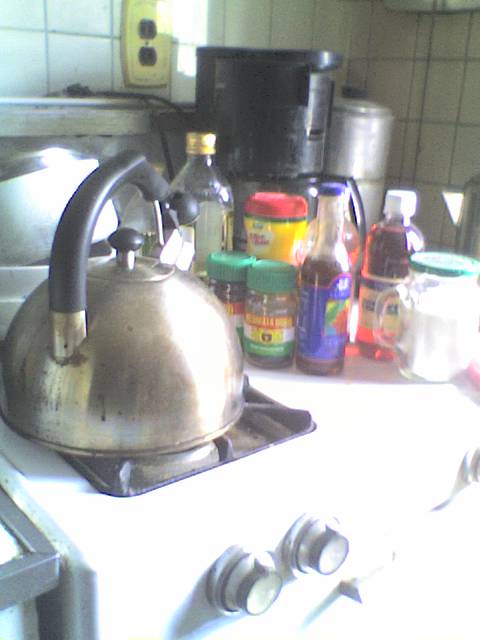Yesterdays Dining section in The New York Times had an interesting article about Iranian seders. it's not so much about the religion, but about the country. Persians . Iranians make their holiday meals according to the custom. They tend to follow their former country's culinary traditions as opposed to strictly adhering to their Jewish ones.
The article, expertly, written by Joan Nathan,. tells of the Iranian Jews in Southern California. Many left during the Sixties during the reign of the last shah. They incorporated So Cal staples such as fresh dates into heir Passover dishes. These were mixed with the traditional and ancient spices of turmeric and cardamon. Some dishes such as charoset have bananas added along with pears and pomegranate juice. This is also heavily laced with dried fruits and spices such as cardamon and cinnamon reflecting more the country's tastes than the religious. Also the Iranians add basmati rice, something that American Jews forbid during Passover.
Many dishes have a distinctly Middle Eastern feel to them. There are grape leaves stuffed with dried fruit such as plums, dates and raisins. This is normally not seen in any of the Ashkenazi or even Sephardic dinners. Another variant is the dessert cake. It's a take on the flourless ones using ground almonds with but this time with a variety of spices as a base. Pistachios, a nod towards ancient Persian taste, are added on top. There are also dairy products involved in Passover especially for soon to be married couples. An engaged daughter and her family will have what's called a hametzy that features yogurt and an Iranian version of creme fraiche. The groom's family is supposed to supply the dairy products.
Middle Eastern Jews have the best of both worlds when it comes time for Passover. The combine ancient traditions with their native dishes. This creates a unique blend of the secular and religious world. which is usually separated during this holy time. This provides a strong hold of both cultural and Jewish pride.
Thursday, March 25, 2010
A Middle Eastern Seder
Labels:
bananas,
California,
creme fraiche,
dates,
Iranian,
Passover,
turmeric Seder
Subscribe to:
Post Comments (Atom)




No comments:
Post a Comment